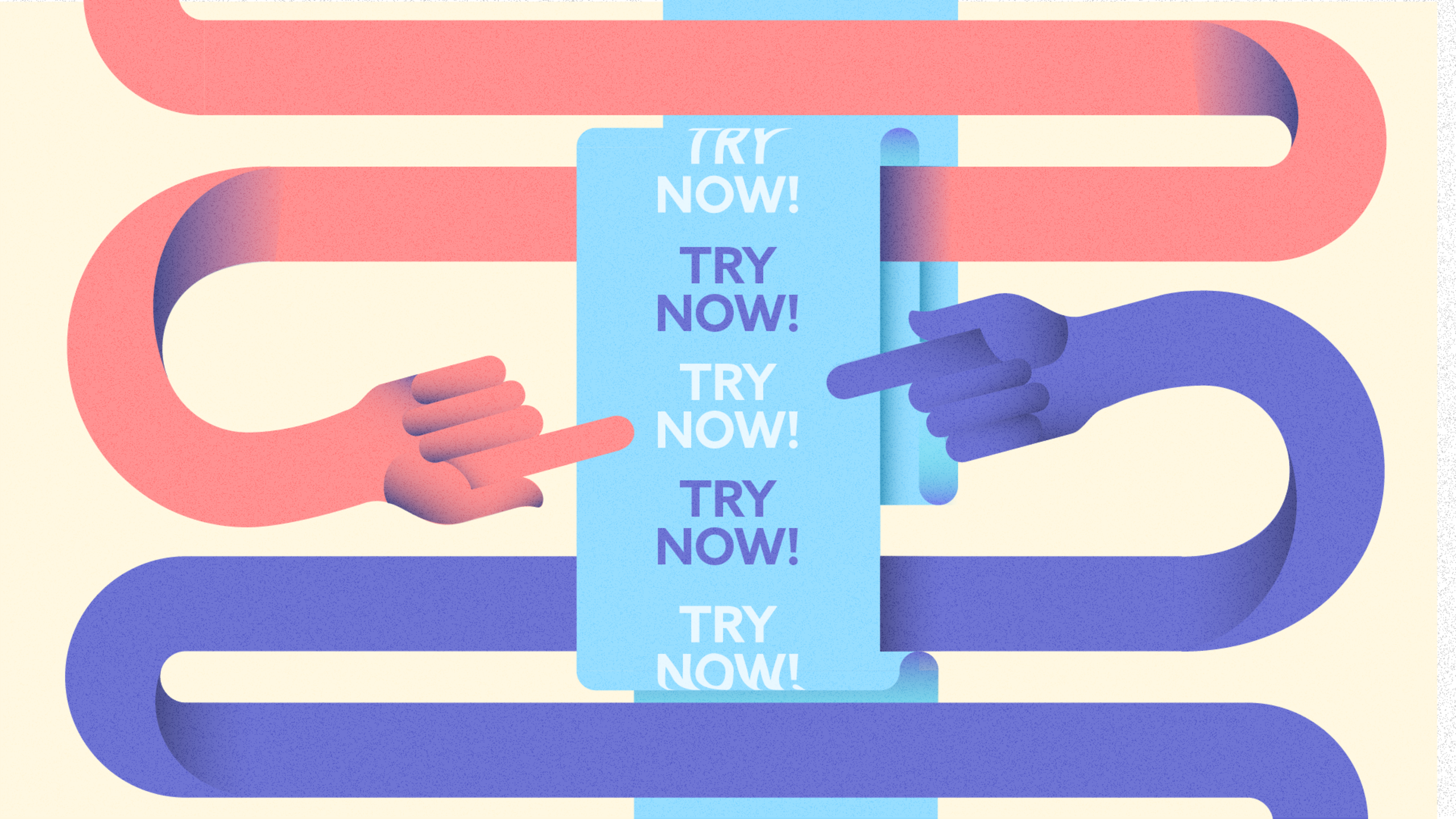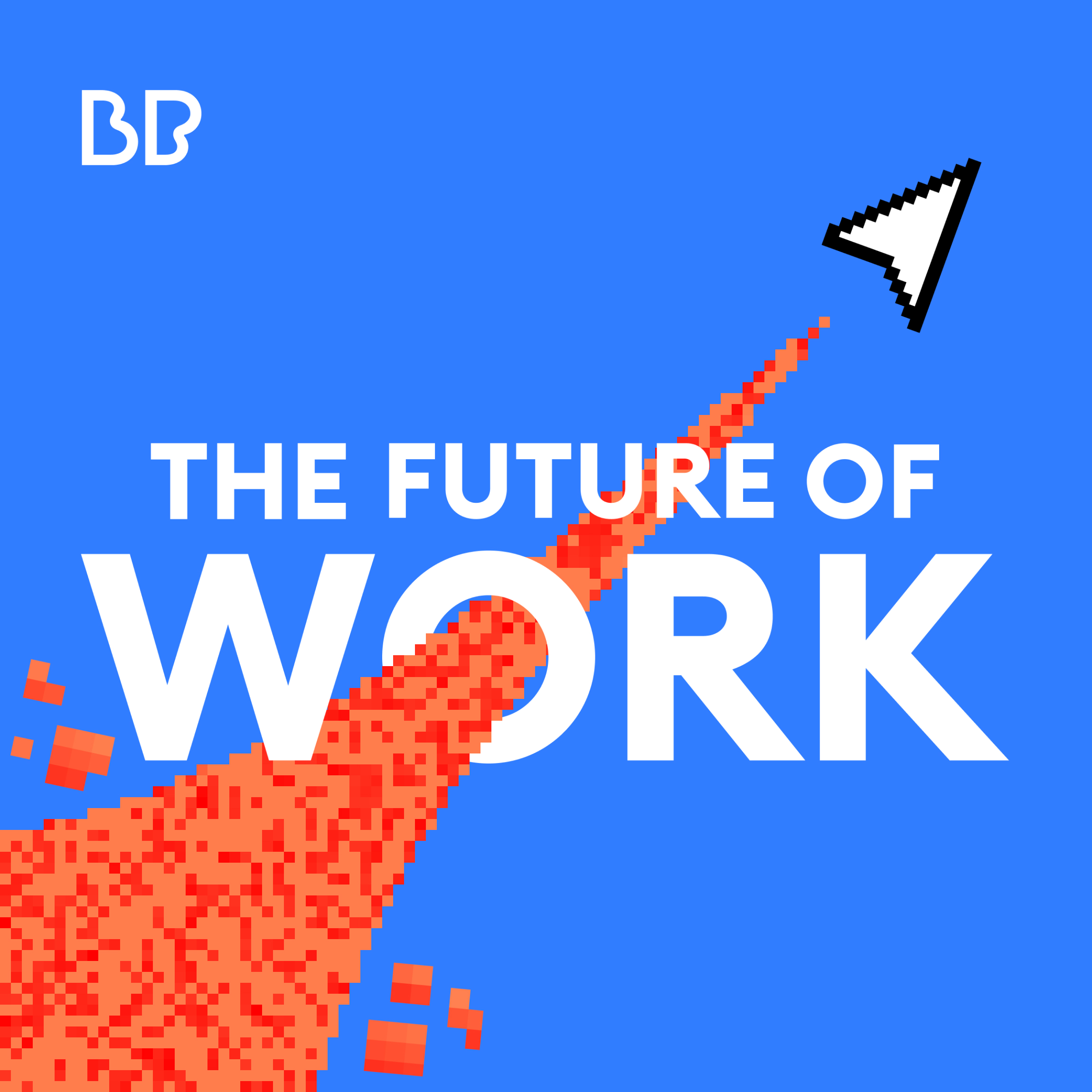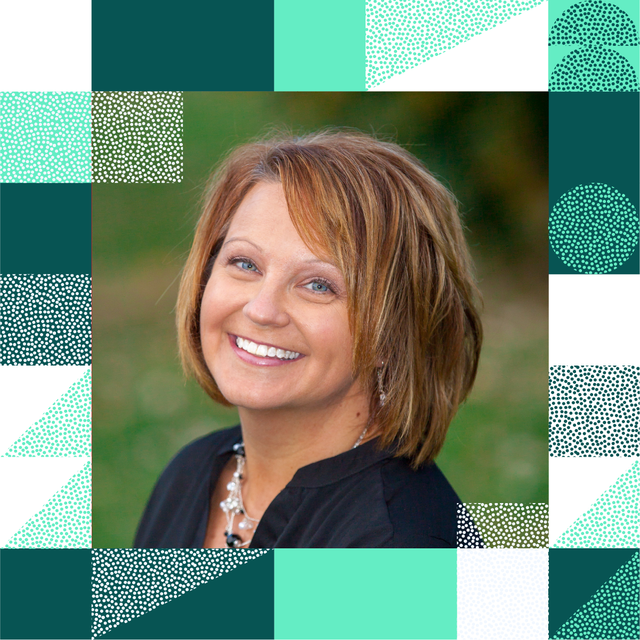
A Product Greater Than the Sum of Its Parts with Kate Donahue, Pitch

In a crowded space with established players, it can be hard to differentiate your product. Add in managing user expectations with your own innovative product vision, and you’ve got a real challenge on your hands.
This is the challenge Kate Donahue, Head of Product Marketing at Pitch, has tackled. She joins us to share her journey to help shape the future of work by focusing on the entire presentation creation experience.
Kate explains that her team fights inertia. They go after people who use multiple tools now and show them it’s possible to use just one. Pitch aims to be a complete presentation tool. They think about design from the start, focusing on the full user experience, from gathering assets to receiving feedback.
Kate shares how user research helps determine whether feature parity or an innovative approach will be most valuable. She also explains how, by creating a minimal UI.
Takeaways:
- Thinking about design from the start can reveal where your competitors offer a lackluster experience.
- Consider the full user experience of your product, not just its core functionality.
- Combine founder intuition, product data, and user feedback to guide your product.
- Broad groups of users can give feedback that helps balance innovation with feature parity.
- Products are greater than the sum of their parts.
Things to Listen For:
- [00:45] Introduction Kate Donahue and Pitch
- [03:00] Overview of Christian and Kate’s conversation
- [06:00] Kate’s experience as the first Product Marketer at Pitch
- [08:00] Developing a marketing plan for a pre-market product
- [09:30] Pitch’s design-first approach to product development
- [12:20] Focusing on essential product features
- [14:20] Guiding the product as a marketer with product data and user feedback
- [16:00] Understanding the value of features through user research
- [17:30] Balancing differentiation and feature parity
- [22:30] Handling misconceptions as a product marketer
- [23:15] Fighting inertia by simplifying presentation tools
- [25:30] Enabling customer behavior change
- [27:00] Considering the future of collaboration and presentations
- [29:00] Helping align teams through curated knowledge



